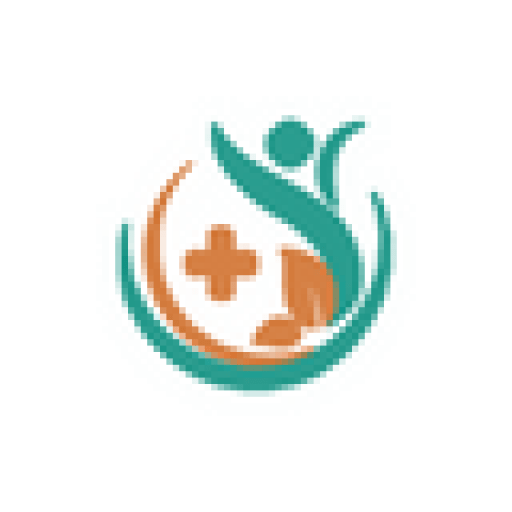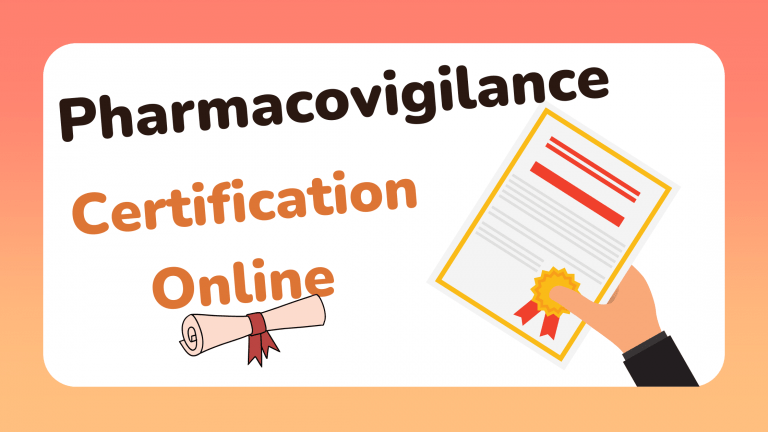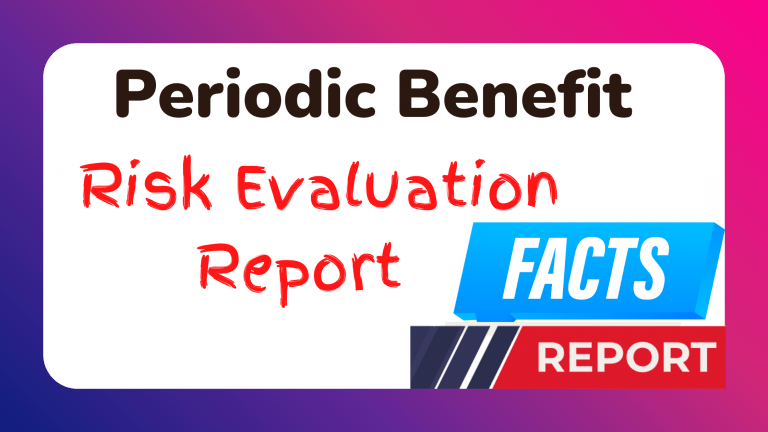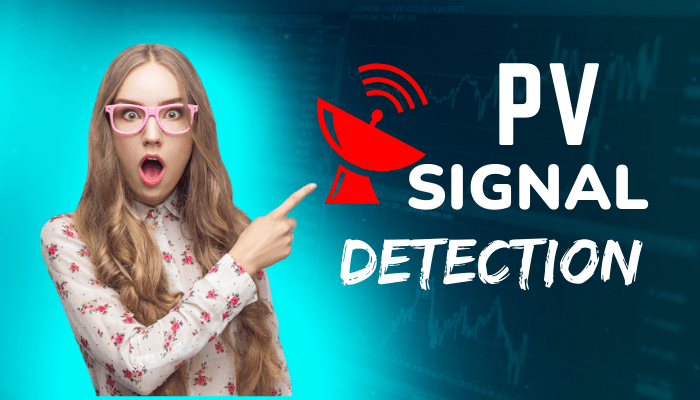The Ultimate Guide to Pharmacovigilance: Protecting Patient Safety in Healthcare
The Ultimate Guide to Pharmacovigilance: Keeping Patients Safe in Healthcare
Introduction
Welcome to the ultimate guide created by Pharmacovigilance Foundations—your expert partner in understanding the important role of pharmacovigilance in healthcare. Pharmacovigilance is more than just a buzzword in the pharmaceutical world; it is the backbone of patient safety. It helps watch over and assess any bad effects of medicines. Whether you’re a healthcare worker or just curious, understanding pharmacovigilance helps make sure that medical treatments are safe and work well. Let’s explore this vital practice.
What is Pharmacovigilance?
Definition and Purpose
Pharmacovigilance is the science and actions related to finding, assessing, understanding, and stopping bad effects or any other problems with drugs. Its main goals are to:
1. Find new information about dangers linked to medicines.
2. Stop harm from coming to patients.
3. Encourage safe and effective medication use.
Knowing these goals highlights the importance of pharmacovigilance in keeping healthcare standards high.
Historical Background
The history of pharmacovigilance has been influenced by many events, such as:
– The Thalidomide tragedy in the 1960s, which caused birth defects and showed the need for strong drug safety checks.
– The World Health Organization’s (WHO) International Drug Monitoring Programme starting in 1968.
– The creation of global databases like VigiBase, which keep drug safety data.
These key events show how pharmacovigilance protects public health.
How Pharmacovigilance Works
Finding Signals
Finding signals is a big part of pharmacovigilance and uses different data sources like:
– Clinical trials from when drugs are first developed.
– Reports from doctors, nurses, and patients.
– Long-term studies that offer more data.
With techniques like systematic reviews and meta-analyses, potential issues can be spotted and fixed.
Assessment
Once data is gathered, the next steps are:
– Evaluating the info through statistical methods and expert judgment.
– Conducting risk assessments to check the chances of adverse effects.
– Determining the cause, meaning the link between the drug and the problem.
This careful checking helps in making smart decisions about drug safety.
Prevention and Sharing Information
Good pharmacovigilance also includes:
– Using risk reduction strategies like changing doses and teaching patients.
– Sharing risk and safety updates with healthcare professionals through bulletins, reports, and online channels.
– Engaging with patients by giving clear info on medication use and possible side effects.
These steps make sure everyone understands and acts on medication safety.
Who is Involved in Pharmacovigilance?
Many important groups are part of strong pharmacovigilance systems:
– Regulatory bodies, like the FDA and EMA, who make guidelines and oversee drug safety.
– Pharmaceutical companies, which conduct detailed safety checks and report adverse events.
– Healthcare professionals, who help spot and report bad reactions.
– Patients, whose experiences and reports improve the understanding of drug safety.
Each group plays a key role in keeping patients healthy and safe.
Rules and Guidelines
World Regulations
Pharmacovigilance follows international rules, such as:
1. The International Council for Harmonisation of Technical Requirements for Pharmaceuticals for Human Use (ICH).
2. The World Health Organization’s (WHO) guidelines.
3. The Pharmacovigilance Risk Assessment Committee (PRAC) of the EMA.
Main regulatory bodies ensure these standards are followed for global drug safety.
National Regulations
Different countries have their own rules for pharmacovigilance:
– In the U.S., the FDA runs post-marketing checks through the MedWatch program.
– The European Medicines Agency (EMA) manages pharmacovigilance in the European Union.
– Health Canada oversees drug safety in Canada via the Vigilance Program.
Following these regulations is essential for keeping trust and effectiveness in pharmacovigilance systems.
Tools and Technology in Pharmacovigilance
Electronic Reporting Systems
The digital age has changed pharmacovigilance with systems like:
1. EudraVigilance, Europe’s tool for managing reports on suspected adverse reactions.
2. The FDA Adverse Event Reporting System (FAERS), vital for post-marketing checks.
3. VigiFlow, used by over 100 countries for reporting and looking into adverse drug reactions.
Data Tools and Signal Detection Software
New technologies are enhancing pharmacovigilance with:
– Advanced data tools that help understand big datasets.
– Machine learning that boosts signal detection.
– AI tools that predict possible adverse reactions by checking trends and past data.
These tools ensure quick and smart actions for safety concerns.
Data and Data Mining
Many data points in pharmacovigilance are managed through:
– Global databases like VigiBase, WHO’s extensive drug safety data repository.
– Data mining techniques to find patterns and signals in huge datasets.
– Partnerships with research groups to refine data analysis methods.
Challenges in Pharmacovigilance
Data Quality and Size
With lots of data produced daily, challenges include:
– Making sure data is accurate and reliable with strict checking processes.
– Handling big amounts of information efficiently.
– Creating strong systems to process big data.
Timeliness and Reports
Timely reporting is crucial and needs solving:
– Delays in data collection due to administrative or technical hurdles.
– Fast handling and sharing of safety info.
– Better real-time tracking technologies to speed up reporting.
Cultural and Regional Differences
Global pharmacovigilance faces issues such as:
– Different reporting habits across regions and cultures.
– Overcoming language barriers and aligning protocols globally.
– Understanding cultural differences in drug use and effect perceptions.
The Future of Pharmacovigilance
New trends and changes are shaping the future, such as:
– Personalized medicine, tailored to individual genetics.
– More use of genomics in pharmacovigilance.
– Moving towards predictive pharmacovigilance using AI for future risk checks.
Case Studies and Real Examples
Understanding real impacts includes:
– Checking major cases like Vioxx, where pharmacovigilance led to the drug’s withdrawal due to safety issues.
– Looking at how pharmacovigilance monitored COVID-19 vaccine safety.
– Learning from past experiences to make stronger safety systems.
Conclusion
Pharmacovigilance is vital for keeping patients safe and trust in healthcare systems strong. At Pharmacovigilance Foundations, we focus on vigilance, innovation, and teamwork. Together, we can create a safer future where bad drug reactions are quickly found and managed, keeping patient safety as a top priority in healthcare progress.
Additional Resources
To learn more and engage with pharmacovigilance:
– Check out the WHO’s guide to pharmacovigilance.
– Visit online platforms like the FDA’s MedWatch and EMA’s EudraVigilance.
– Connect with groups like the International Society of Pharmacovigilance for learning and networking.
For questions or discussions, feel free to contact Pharmacovigilance Foundations. Your journey to mastering pharmacovigilance begins here!






